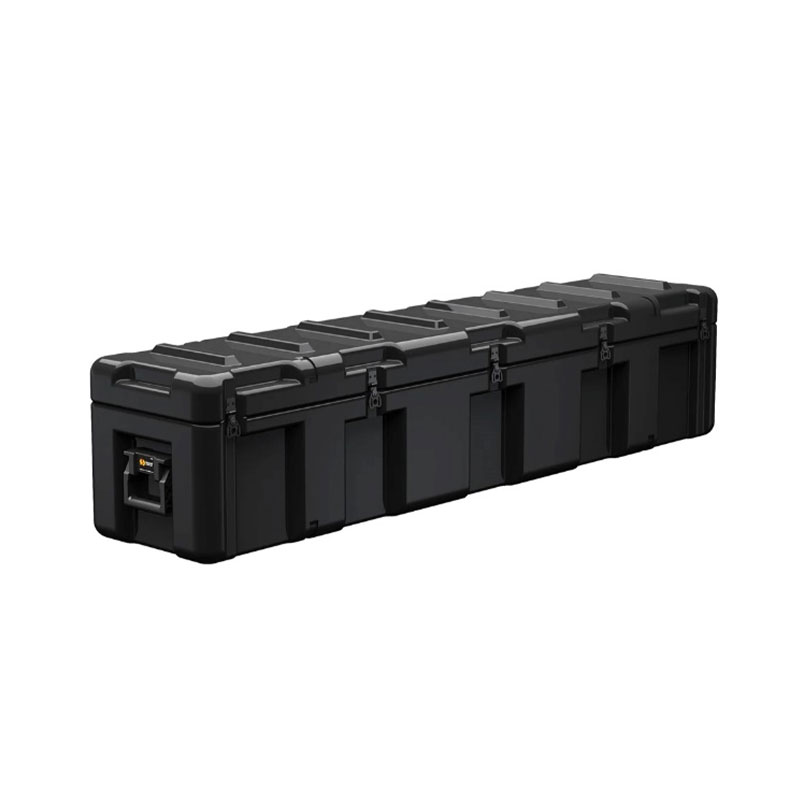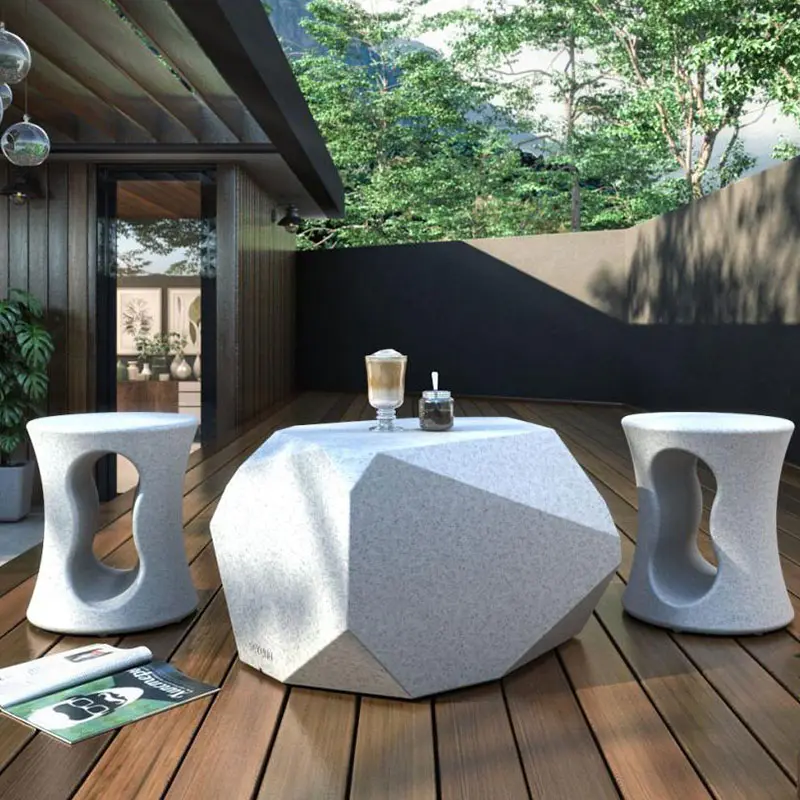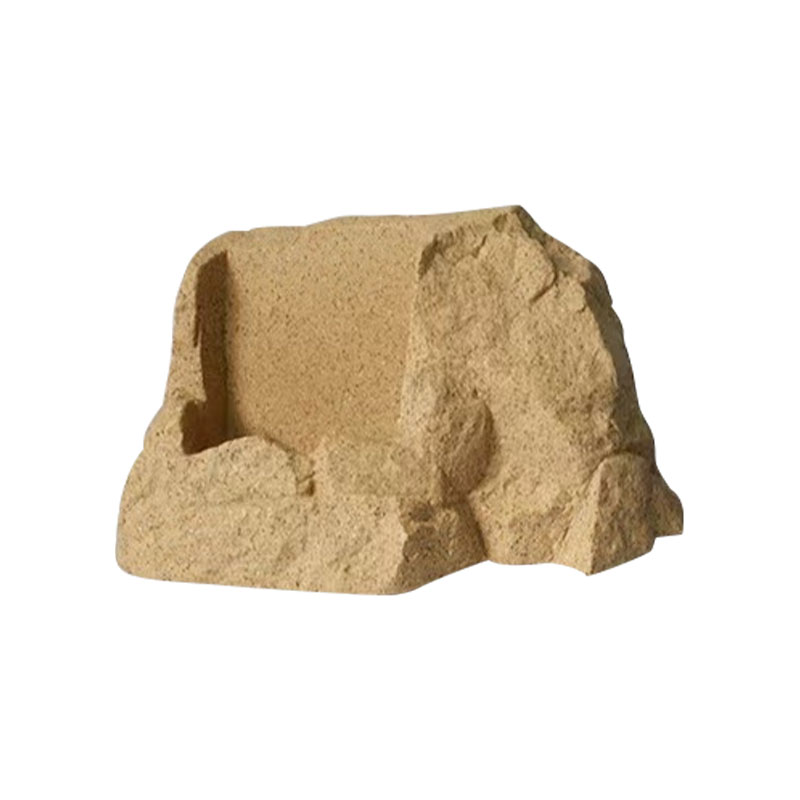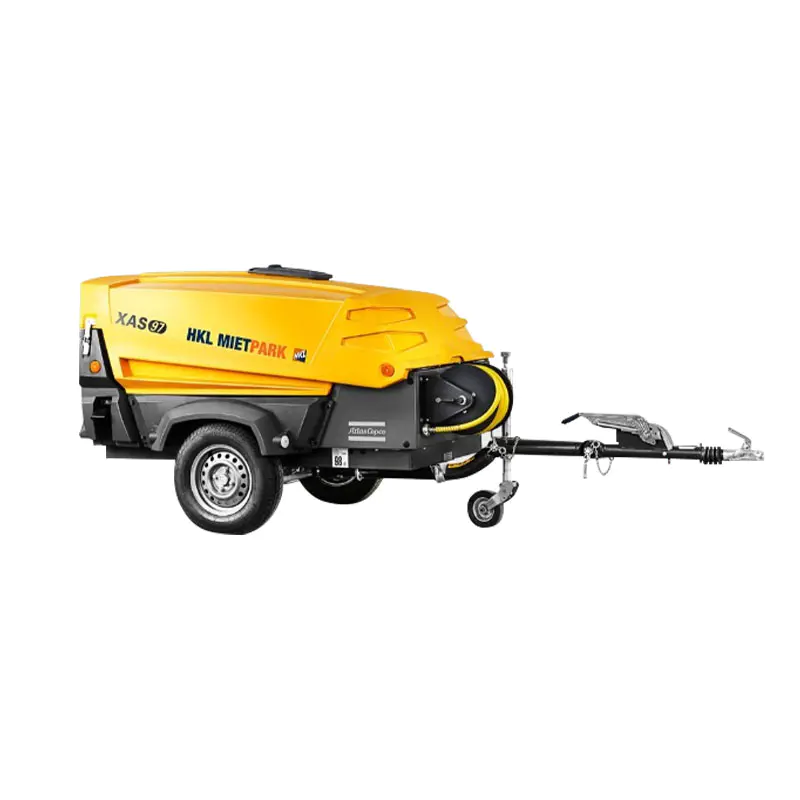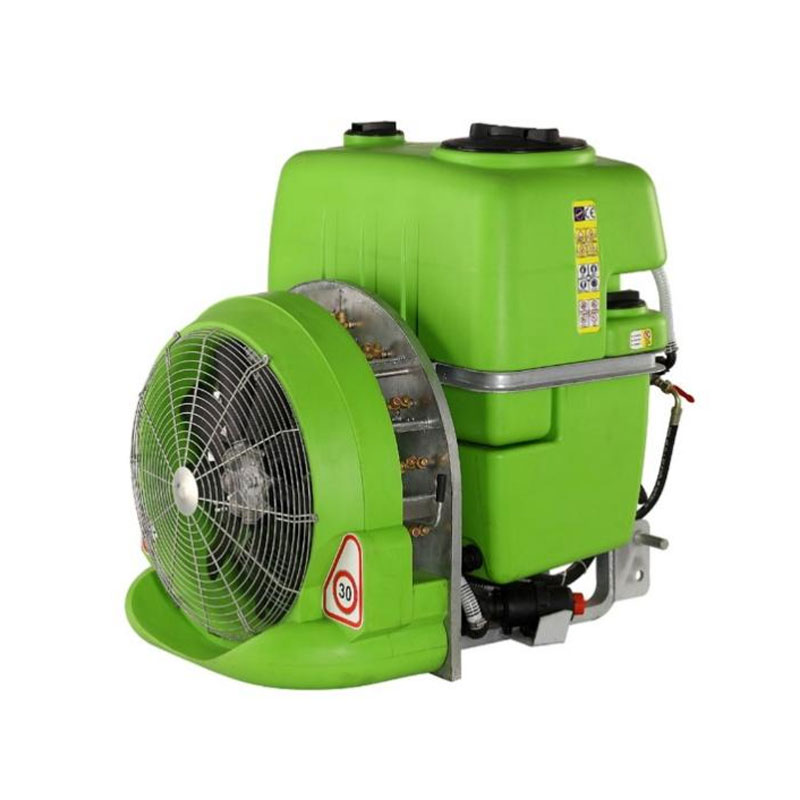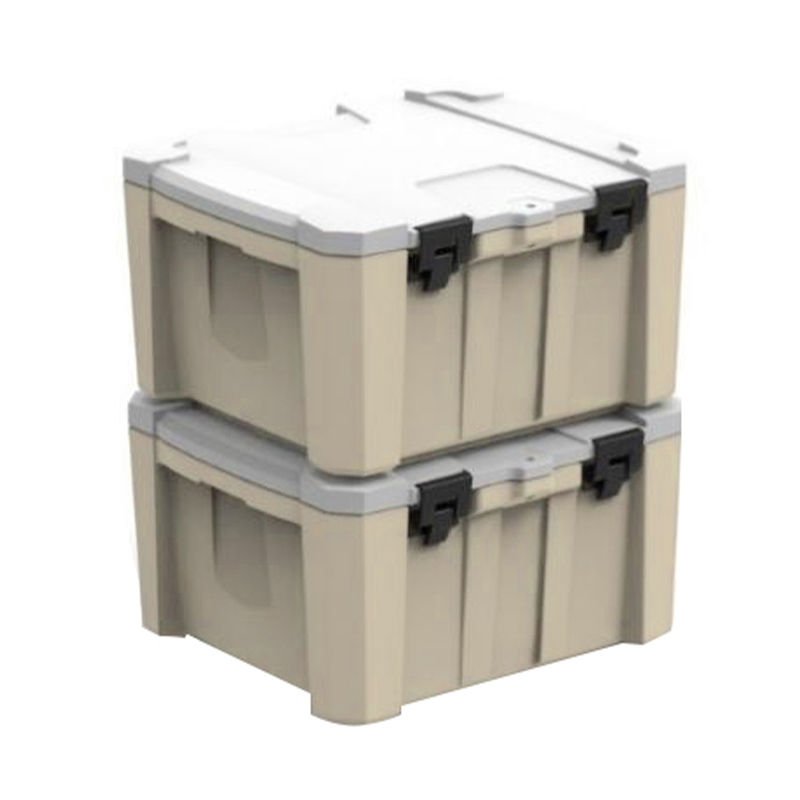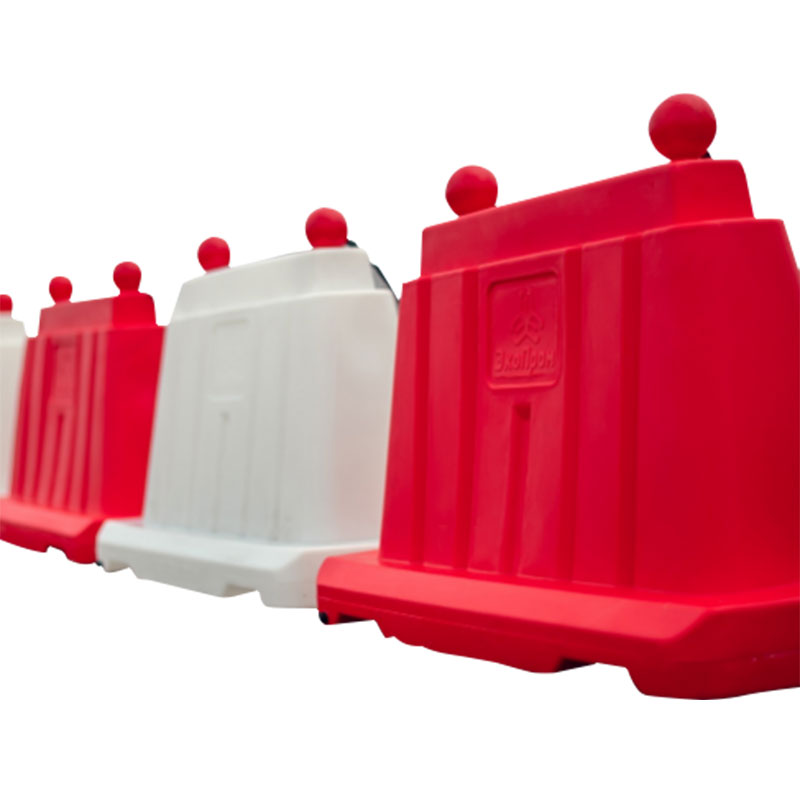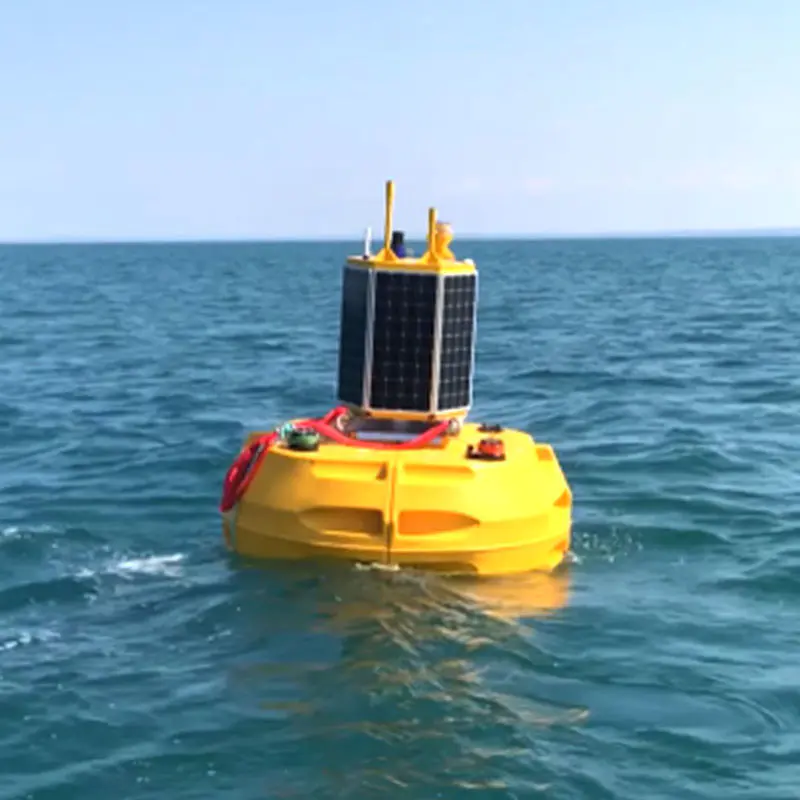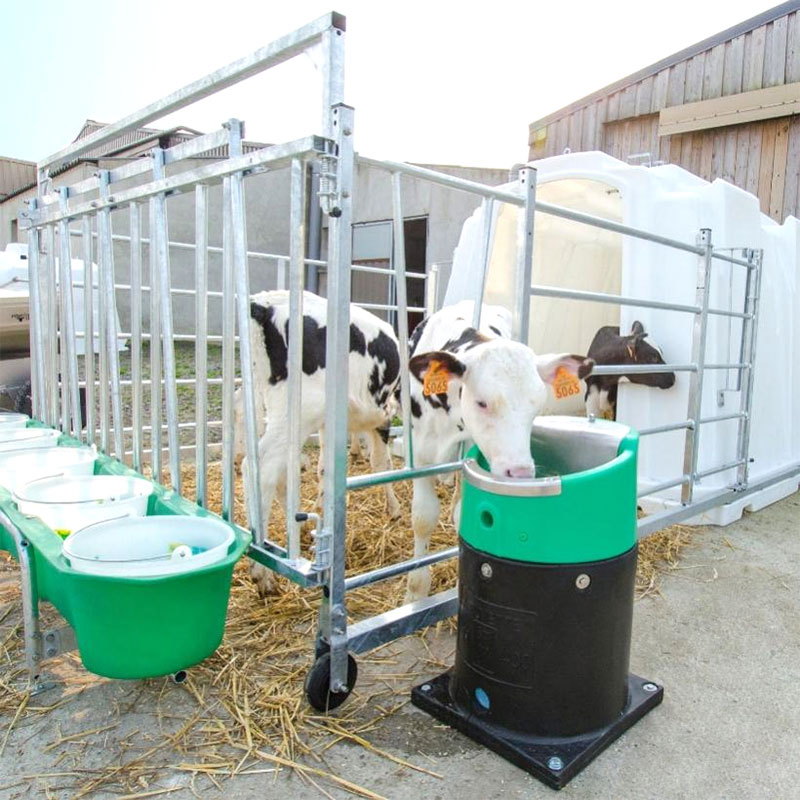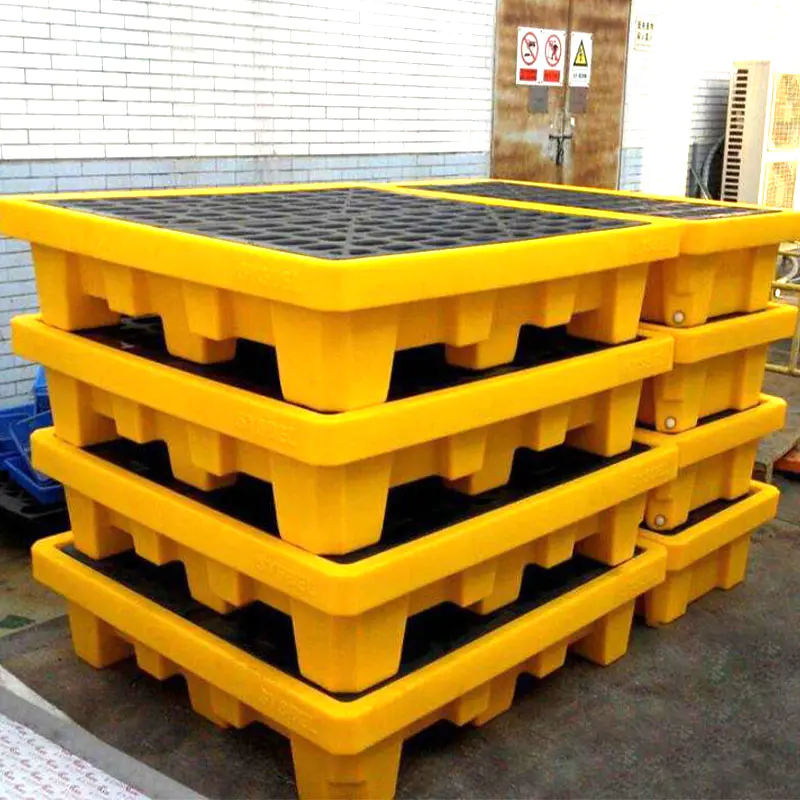The pet bathtub rotational mold is a specialized manufacturing process used to create durable, seamless, and lightweight pet bathing solutions. While this method offers several advantages, buyers often encounter challenges when selecting, using, or maintaining these products. Understanding these issues can help buyers make informed decisions and ensure long-term satisfaction.
1. Material quality and durability concerns
One of the primary issues buyers face with pet bathtub rotational molds is uncertainty about material quality. Rotational molding typically uses polyethylene, which is known for its impact resistance and flexibility. However, not all molds are created equal—some manufacturers may use lower-grade plastics to cut costs, leading to premature cracking, warping, or fading.
Buyers should pay attention to the plastic density and UV stabilization of the product. Low-density materials may deform under heat or heavy use, while untreated plastics can degrade when exposed to sunlight. Additionally, some molds may have weak spots due to uneven wall thickness, making them prone to damage over time. Ensuring the use of high-quality, UV-resistant polyethylene can mitigate these risks.
2. Design flaws affecting functionality
A well-designed pet bathtub rotational mold should prioritize ergonomics, stability, and ease of use. Unfortunately, some products suffer from design flaws that make bathing pets difficult. Common problems include:
- Insufficient drainage – Poorly placed or small drain holes can lead to water pooling, making cleaning cumbersome.
- Unstable base – If the mold lacks a non-slip surface or proper weight distribution, it may tip over during use.
- Awkward dimensions – Some bathtubs are too shallow or narrow, restricting movement for larger pets.
Buyers should carefully evaluate the design before purchasing, ensuring that the mold meets their pet’s size and bathing needs. A sloped interior, reinforced edges, and slip-resistant feet are key features that enhance usability.
3. Inconsistent production quality
Rotational molding is a complex process, and inconsistencies can arise during production. Buyers sometimes receive pet bathtub rotational molds with air bubbles, uneven surfaces, or weak seams. These defects not only affect aesthetics but also compromise structural integrity.
To avoid such issues, buyers should seek suppliers with strict quality control measures. Reputable manufacturers conduct thorough inspections, including pressure testing and visual checks, to ensure each mold meets industry standards. Requesting product samples or certifications can help verify consistency before placing bulk orders.
4. Long lead times and supply chain delays
Unlike injection molding, rotational molding is a slower process, often leading to longer production and delivery times. Buyers sourcing pet bathtub rotational molds in large quantities may face delays due to:
- Material shortages (especially high-grade polyethylene).
- Limited manufacturing capacity among suppliers.
- Shipping and logistical bottlenecks.
To mitigate this, buyers should plan orders well in advance and maintain open communication with suppliers regarding timelines. Some manufacturers offer rush production options, though these may come at a higher cost.
5. Difficulty in cleaning and maintenance
While rotational-molded pet bathtubs are generally easy to clean, some designs trap dirt and grime in textured surfaces or crevices. Additionally, low-quality plastics may absorb odors over time, making them unpleasant to use.
Choosing a smooth, non-porous interior finish can simplify cleaning. Buyers should also look for molds with antimicrobial coatings, which help prevent bacterial growth and odors. Regular maintenance, such as rinsing after each use and periodic deep cleaning, can extend the product’s lifespan.
6. Limited customization options
While rotational molding allows for complex shapes, some buyers find that customization options are restricted compared to other manufacturing methods. Modifications such as:
- Unique sizes or shapes (e.g., extra-deep tubs for large breeds).
- Integrated accessories (e.g., built-in ramps or shampoo holders).
- Branding or color variations.
may incur additional costs or longer lead times. Buyers with specific requirements should discuss feasibility with manufacturers early in the process.
7. Price vs. value perception
Pet bathtub rotational molds are generally more affordable than stainless steel or ceramic alternatives, but buyers sometimes question whether the price justifies the product’s longevity. Low-cost molds may save money upfront but require frequent replacements, while premium options offer better durability but at a higher initial investment.
Balancing cost and quality is essential. Buyers should assess factors like material grade, warranty coverage, and expected usage frequency before making a purchase.
Purchasing a pet bathtub rotational mold involves several considerations, from material quality to design functionality. By understanding these common challenges, buyers can make informed decisions and select a product that meets their needs. Key takeaways include:
- Prioritizing high-density, UV-stabilized polyethylene for durability.
- Evaluating design features such as drainage, stability, and ergonomics.
- Verifying production quality through samples or supplier certifications.
- Planning for potential delays in manufacturing and shipping.
- Choosing easy-to-clean surfaces to maintain hygiene.
- Weighing customization needs against cost and lead time.
By addressing these factors, buyers can minimize risks and ensure they invest in a pet bathtub rotational mold that delivers long-term value.

 English
English 中文简体
中文简体 русский
русский Español
Español